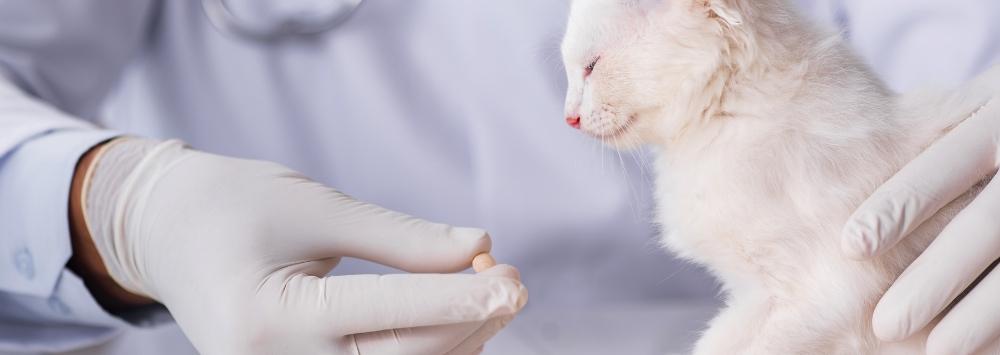This research aims to investigate the use of a health informatics system, such as SAVSNET, in the identification and reporting of adverse drug reactions (ADRs) in veterinary medicine. In order to further understand the reporting of ADRs in the veterinary setting we conducted a survey investigating the perceptions, attitudes and experiences of veterinary professionals with regards to reporting. A key finding from this survey was that professionals would be more likely to report an ADR if there was a way to do this via the practice management system. Consequently, we are currently trialling the use of an ADR button embedded into the SAVSNET window, which allows professionals to report directly to the VMD via SAVSNET. In addition to this, SAVSNET holds a wealth of free text clinical notes which provide a unique opportunity to explore more active surveillance methods. We hope to develop methods to identify and extract suspected ADRs from veterinary free text clinical notes to enable us to further characterise suspected ADRs and prospectively monitor newly released drugs for emerging ADRs.

SAVSNET data provides a unique opportunity to explore electronic health records for pharmacovigilance information. This project provides an exciting opportunity to identify and report suspected adverse drug reactions, with the overall goal of improving the health and welfare of animals
Heather Davies, PhD postgraduate researcher
This research is funded by the Veterinary Medicines Directorate with support from SAVSNET.
Back to: Small Animal Veterinary Surveillance Network (SAVSNET)
